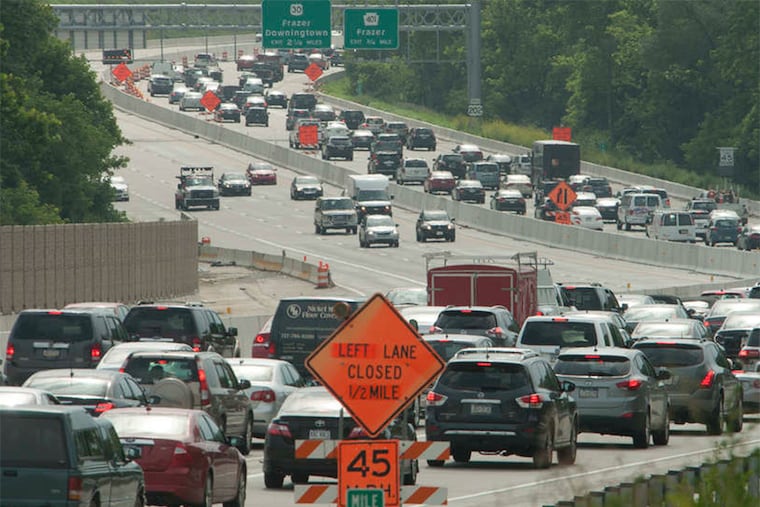N.J. again cracking down on distracted driving. In Pa., not so much.
As police officers and advocates nationwide mobilize for Distracted Driving Awareness Month, Pennsylvania and New Jersey are responding differently to the dangerous habit blamed for thousands of deaths and injuries each year.
